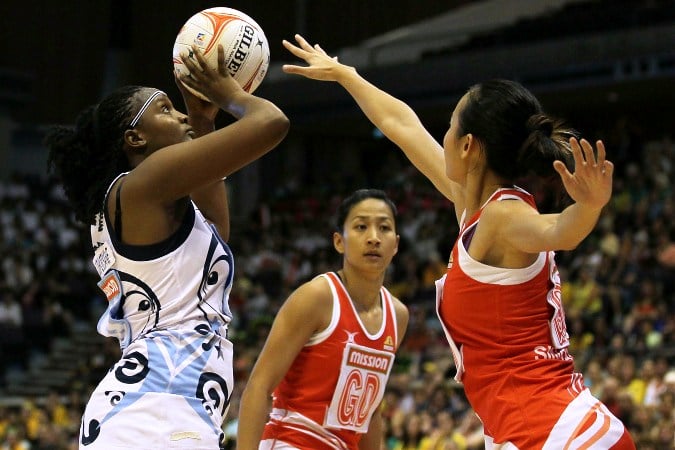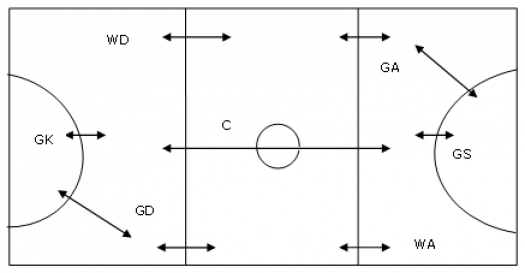Bettering your netball positional play
File photo credit: Chris McGrath/SportSG

Positional play in netball refers to the systematic approach of zoning. This is a tactic where the court is cut up according to zones so that players are assigned to their own area on court to avoid overlapping with a fellow team mate and to avoid haphazard play.
Bettering your netball positional play starts during netball training. Here are four areas to work on to be a better defensive player, where the focus is to disrupt the attacking play of your opponent through a few defensive moves.
1.Close marking
It is the duty of every player in the netball team to slow down the pace of the attack of the opposing team. This can be done by marking your opponent as closely as possible without fouling.
All players on the team will then be required to do what goalkeepers and the goal defence do: be prepared to aggressively protect their goal post, attempt to block passes and get the ball back out to their own attacking players.
The objective is to limit passing options, force errors and create opportunities to make the opponents lose possession of the ball.
Furthermore, you will need to restrict the space and movement options available to the attacking players. Always position yourself closely with the opponent you’re marking and applying pressure by constantly responding and adjusting to their attempts to get free.
2.Intercepting the ball
Even as close marking is accomplished, the ball should be the focus of attention for all players playing defence on the court.
Players trying to halt the attacking side in their tracks need to adopt the role of the wing defence, which is to read the opponent’s attacking game play and be good at regaining possession by intercepting the ball and launching a counter attack.
Intercepting passes require players to be creative with their plays. Firstly, you need to avoid clustering with your team mates by positioning yourself according to where the other attacking players are and be prepared at any moment to drive hard to cut off an incoming pass.
Such defensive work requires an element of surprise, forcing the opponent to become error-prone to lose possession.
A diagram demarcating various netball positions and areas of responsibilities.
3. Reduce passing options
Another method to adopt while on defence is to reduce the passing options of the attacking side.
Close marking will normally prevent the opponent from making short passes. This will force them to play wide leaving more space in between players. As they attempt long and high passes, these can be more easily blocked and intercepted.
Therefore, when off the ball, you need to learn how to watch individual players and the ball closely as they travel down court. Be a good judge of the speed of the ball and the distance it is travelling, so that in the event that there is long high ball, it can be intercepted.
4. Learn to anticipate
In a fast-paced game, it is imperative that you stay on your toes and not stand flat-footed. This will allow you to take off quickly if you're anticipating the ball.
Anticipating the play will teach you how to take the momentum out of the attacking team.
For example, if the opposing team uses their full 3 seconds to release each pass, your team will have the maximum available time to get into the best defending position for every pass.
Also, practice changing positions with the other defender and get to know where you both are in the circle, without getting into each other’s way.
As defensive players, you need to stay close to your opponent and force them to earn every ball. Every player while playing defence must be prepared to run.

To receive the latest updates on the happenings in the Singapore sports scene, or to find out more about some of the latest programmes on offer at ActiveSG, like our Facebook page here.





![ActiveSG Academies and Clubs Logo (Solid Colour)[8647]](https://www.activesgcircle.gov.sg/hs-fs/hubfs/ActiveSG%20Circle%202023Theme/images/ActiveSG%20Academies%20and%20Clubs%20Logo%20(Solid%20Colour)%5B8647%5D.png?width=150&height=65&name=ActiveSG%20Academies%20and%20Clubs%20Logo%20(Solid%20Colour)%5B8647%5D.png)



-01.png?width=200&height=141&name=Team%20Singapore%20Logo%20(Red)-01.png)



